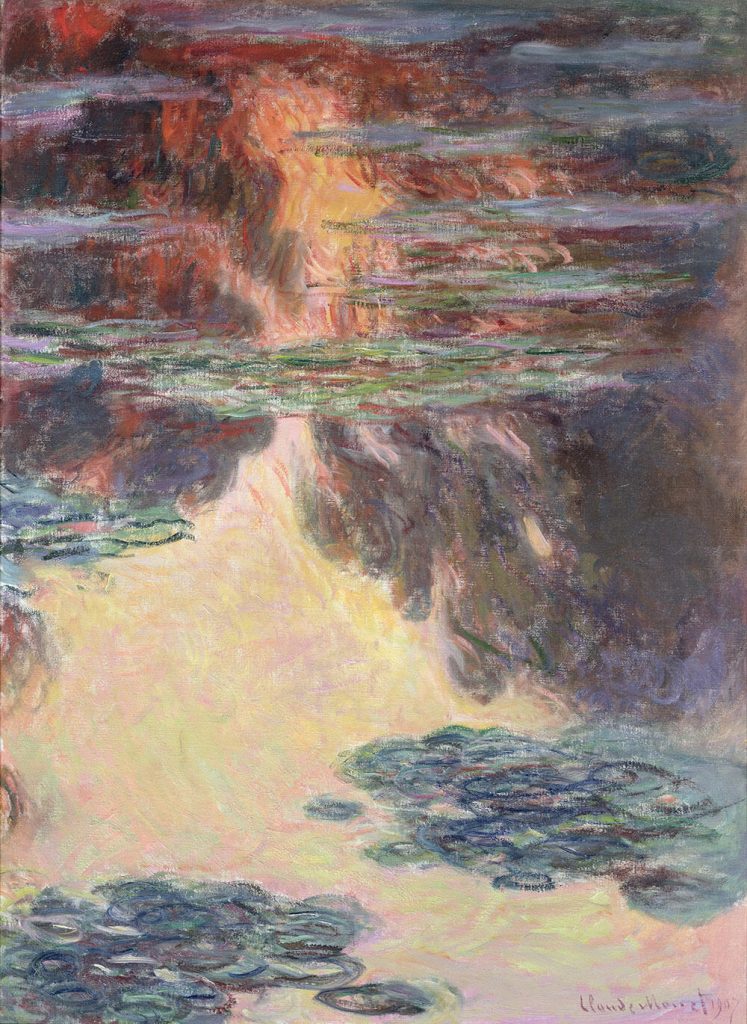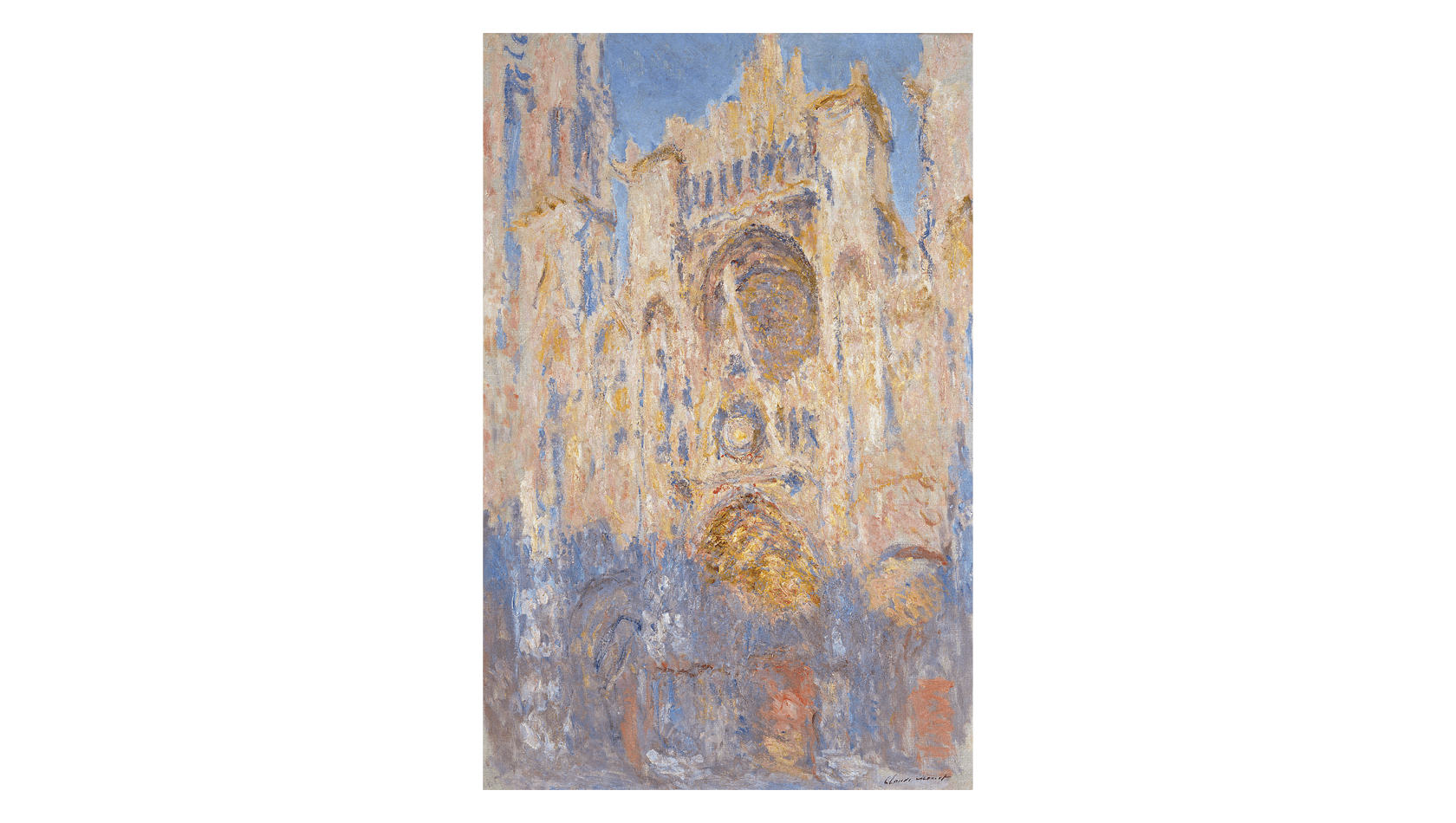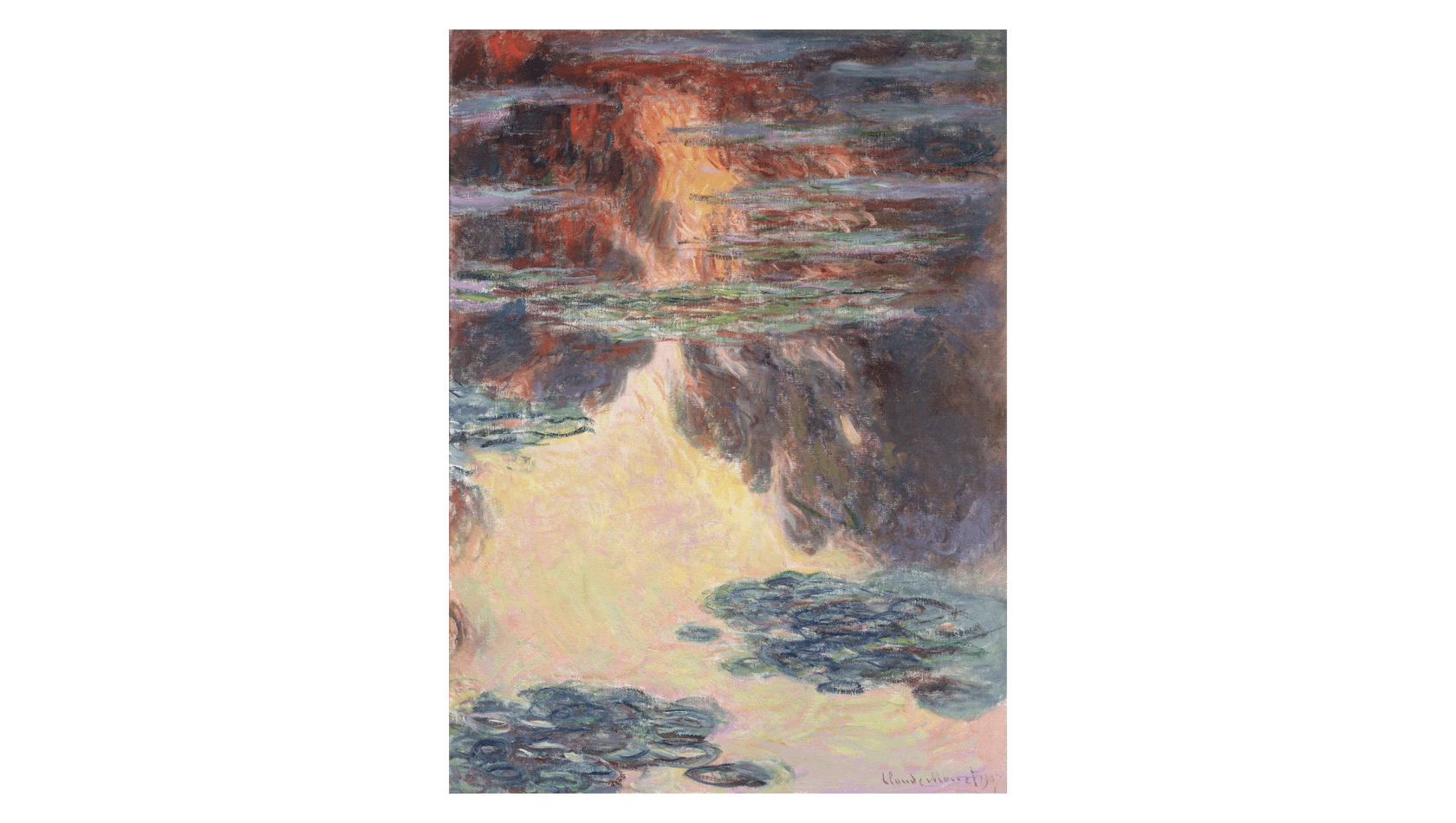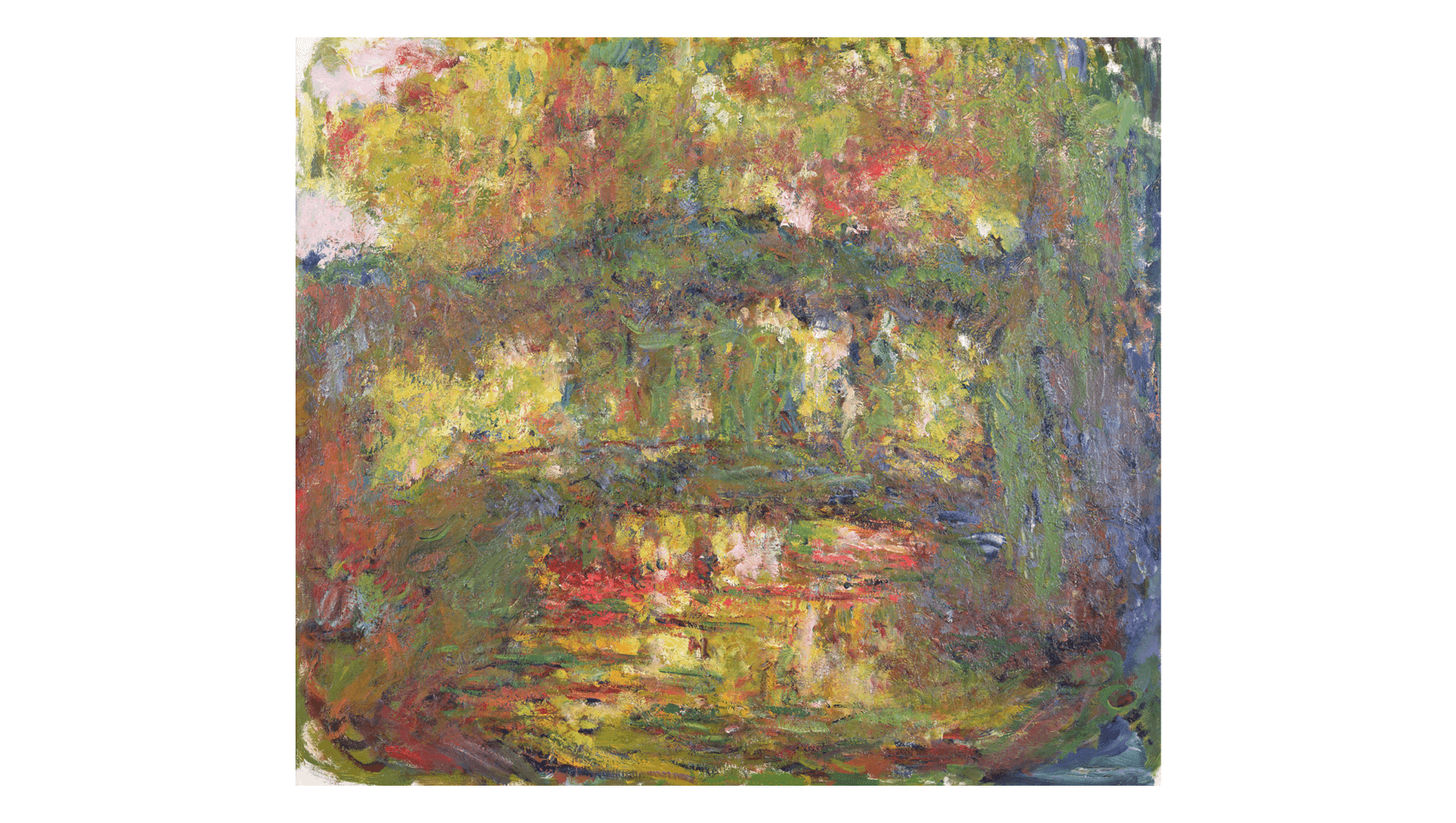Monet and his Modern Legacy
Monet and his Modern Legacy
In honor of the 150th anniversary of the birth of Impressionism, the Nelson-Atkins presents Monet and his Modern Legacy—an exhibition exploring Claude Monet’s transformative impact on a later generation of American artists. Featuring three remarkable loans from the Musée Marmottan Monet in Paris, and additional works by Monet, this show illuminates the paintings and their far-reaching influence on artists like Sam Francis, Helen Frankenthaler, Jules Olitski, and Jean-Paul Riopelle, among others.
Monet and his Modern Legacy not only showcases Claude Monet’s influence, but also delves into the reappraisal and significance of the artist’s late works. These paintings, including his expansive Water Lilies canvases created in his mid-70s until his passing at age 86, embodied an immersive nature that anticipated the Modernist departure from traditional easel-bound art, marking a pivotal shift in the approach to painting. While today, Monet’s late works are beloved by art enthusiasts worldwide, during Monet’s life, they were met with confusion and dismissal. Critics found them messy, blaming the artist’s failing eyesight for the perceived chaos.
During the 1950s, however, American museums, collectors, and critics transformed their perception of Monet’s late style. They recognized its brilliance and began to connect it with the emerging movement of Abstract Expressionism. Indeed, inspired by Monet’s innovative use of color, gestural forms, space, scale, and atmosphere, many Abstract Expressionist artists embarked on their own radical artistic journeys, creating unique artworks—many of which will be on view for the first time in over thirty years—that bear the unmistakable influence of Claude Monet and his enduring artistic legacy.


View the Spencer Art Reference Library Guide here.
Organized by The Nelson-Atkins Museum of Art with the support of the Musée Marmottan Monet and the Academy of Fine Arts, Paris. This exhibition is generously supported by Paul DeBruce and Linda Woodsmall-DeBruce, the Muriel McBrien Kauffman Family Foundation, the Marion and Henry Bloch Family Foundation, Shirley Bush Helzberg, Evelyn Craft Belger and Richard Belger, Nancy and Rick Green, Neil Karbank and Gretchen Calhoun, the Atterbury Family Foundation, Liz and Greg Maday, Husch Blackwell LLP, and Hallmark Cards, Inc.
Image Credits:
Header Detail: Claude Monet (French, 1840 – 1926) Mill at Limetz, 1888. Oil on canvas, 36 3/4 x 29 in. (93.4 x 73.7 cm). The Nelson-Atkins Museum of Art, partial bequest of Ethel B. Atha, 38-1986.
Claude Monet (French, 1840–1926). Water Lilies, 1907. Oil on canvas, 39 3/8 × 28 3/4 inches (100 × 73 cm). Musée Marmottan Monet, Paris, Michel Monet bequest, 1966, Inv. 5168.
Helen Frankenthaler (American, 1928–2011). Cable, 1971. Acrylic on canvas, 108 x 81 inches (274.32 x 205.74 cm), The Nelson-Atkins Museum of Art, Gift of the Friends of Art, F78-37. © Helen Frankenthaler / Artists Rights Society (ARS), New York.
Slideshow: Claude Monet (French, 1840 – 1926). Rouen Cathedral, Sunlight Effect, End of the Day, 1892. Oil on canvas, 39 3/8 x 25 ¾ inches. Musée Marmottan Monet, Paris, Michel Monet bequest, 1966, Inv. 5174.
Claude Monet (French, 1840 – 1926). Water Lilies, 1907. Oil on canvas, 39 x 29 inches. Musée Marmottan Monet, Paris, Michel Monet bequest, 1966, Inv. 5168.
Claude Monet (French, 1840 – 1926). Japanese Bridge, 1918. Oil on canvas, 35 x 39 3/8 inches. Musée Marmottan Monet, Paris, Michel Monet bequest, 1966, Inv. 5092.
PROGRAMS
From Forgotten to Famous: Monet’s Late Work and How “Water Lilies” Came to Kansas City
- Thursday, Feb. 22 | 6–7 p.m.
- Atkins Auditorium
- Public $10 | Members $8
The paintings that Claude Monet created in the last decade of his life may be beloved worldwide today, but many of his contemporaries found them chaotic. They dismissed Monet’s increasingly abstract style as the product of an aging man with failing eyesight, out of touch with the art world. Then, in the mid-1950s, American museums, collectors, and critics gained new appreciation for Monet’s late paintings and recognized them as important forerunners to the Abstract Expressionist movement.



